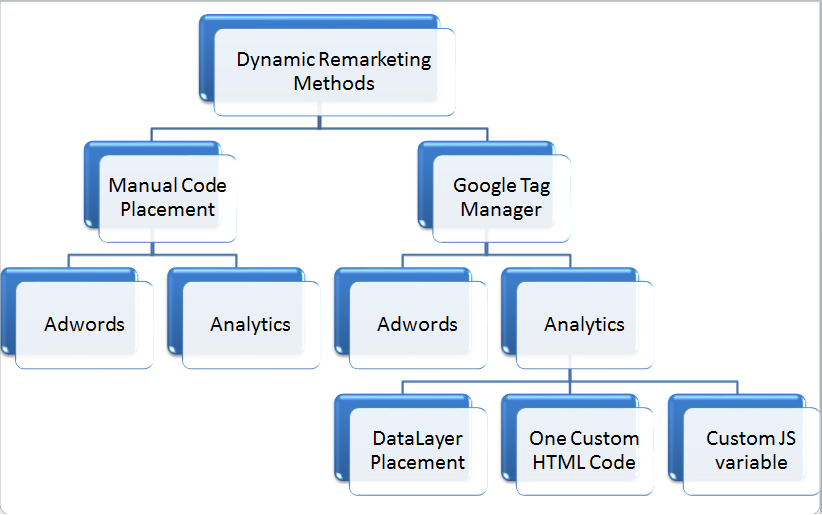Taking Advantage Of Remarketing in Google Analytics: A Comprehensive Overview
Harnessing remarketing in Google Analytics supplies companies a strategic edge in getting to out to potential consumers. This guide will drop light on the necessary steps entailed in utilizing the complete potential of remarketing in Google Analytics, leading to boosted advertising end results.
Comprehending Remarketing in Google Analytics
Remarketing in Google Analytics allows services to strategically target customers who have actually formerly connected with their site or mobile application. By leveraging data from Google Analytics, services can create tailored remarketing listings based upon user habits, such as web pages gone to, activities taken, or specific objectives achieved. This effective tool allows companies to re-engage with customers that have shown interest in their solutions or items, inevitably enhancing the probability of conversion.
Recognizing the various types of remarketing methods is crucial for a successful project - What Is “Remarketing” In Google Analytics?. Google Analytics supplies various choices, consisting of conventional remarketing, dynamic remarketing, and remarketing lists for search ads (RLSA) Each kind serves an unique purpose and can be tailored to fulfill details marketing goals
In addition, analyzing the performance of remarketing projects is essential for optimizing outcomes. Google Analytics supplies useful insights right into the effectiveness of different remarketing approaches, permitting organizations to make data-driven choices and fine-tune their targeting method. By continuously readjusting and keeping an eye on remarketing initiatives based upon analytics information, companies can make best use of ROI and drive success in their advertising initiatives.
Establishing Remarketing Campaigns

After establishing audience checklists, the following step is to link Google Analytics with Google Ads. By connecting these 2 platforms, businesses can flawlessly move target market checklists from Google Analytics to Google Ads for remarketing purposes. This combination permits for even more specific targeting and much better campaign performance.
When the accounts are connected, companies can create remarketing projects in Google Ads using the audience provides formerly defined in Google Analytics. These projects can be personalized with specific advertisement creatives, messaging, and bidding process methods to effectively re-engage with previous visitors and drive conversions. By adhering to these steps, companies can take advantage of the power of remarketing to boost their advertising and marketing efforts and enhance ROI.
Utilizing Target Market Segmentation Approaches

Predefined sections in Google Analytics enable you to promptly analyze typical audience groups fresh customers, returning users, or users that finished a specific objective on your site. Custom-made sectors, on the various other hand, allow you to develop distinct segments based upon certain criteria that are necessary to your company goals. Dynamic remarketing checklists immediately adjust based upon customer actions, showing customized ads to users that have actually connected with your website particularly ways.
Analyzing Remarketing Performance Metrics
Upon assessing the efficiency of remarketing projects in Google Analytics, the evaluation of essential performance metrics provides useful insights right into target market involvement and conversion prices. By diving right into metrics such as click-through prices (CTR), conversion prices, expense per acquisition (CERTIFIED PUBLIC ACCOUNTANT), and return on advertisement spend (ROAS), marketing professionals can assess the success of their remarketing initiatives. Analyzing these metrics allows marketers to optimize campaigns, improve target market targeting, and assign spending plans properly to boost general remarketing performance.
Optimizing Remarketing Approaches
When refining remarketing methods in Google Analytics, concentrating on target market segmentation is vital for attaining project success. By splitting your audience right into particular sectors based on their actions, demographics, or interests, you can customize your advertisements better to each group. This targeted method boosts the chance resource of involving customers that have currently revealed interest in your product and services, leading to greater conversion rates.
Another important facet of maximizing remarketing strategies is continuously screening and refining your projects (What Is “Remarketing” In Google Analytics?). A/B testing various advertisement creatives, messaging, or deals can aid you determine what reverberates ideal with your audience and drives the most conversions. By examining the efficiency of these tests in Google Analytics, you can make data-driven decisions to optimize your remarketing initiatives additionally
Furthermore, leveraging dynamic remarketing can substantially improve your campaign results. This feature permits you to show individualized ads to customers based upon their past interactions with your website, showcasing items or solutions they have actually previously watched. By supplying customized material to individuals based on their passions and behaviors, dynamic remarketing can help enhance engagement and drive conversions.
Verdict
Finally, taking advantage of remarketing in Google Analytics is a strategic More Bonuses technique to target customers who have previously involved with a site. By producing personalized target market checklists and making use of target market division techniques, companies can optimize remarketing projects for raised conversion rates. Analyzing efficiency metrics and continuously maximizing techniques are crucial for making the most of the performance of remarketing initiatives.
Google he has a good point Analytics uses various choices, including basic remarketing, vibrant remarketing, and remarketing checklists for search advertisements (RLSA)After establishing up audience listings, the following step is to link Google Analytics with Google Ads. By linking these two platforms, businesses can seamlessly transfer audience lists from Google Analytics to Google Advertisements for remarketing objectives.Once the accounts are linked, companies can develop remarketing campaigns in Google Advertisements using the audience notes formerly specified in Google Analytics.When refining remarketing methods in Google Analytics, concentrating on audience division is paramount for accomplishing project success.